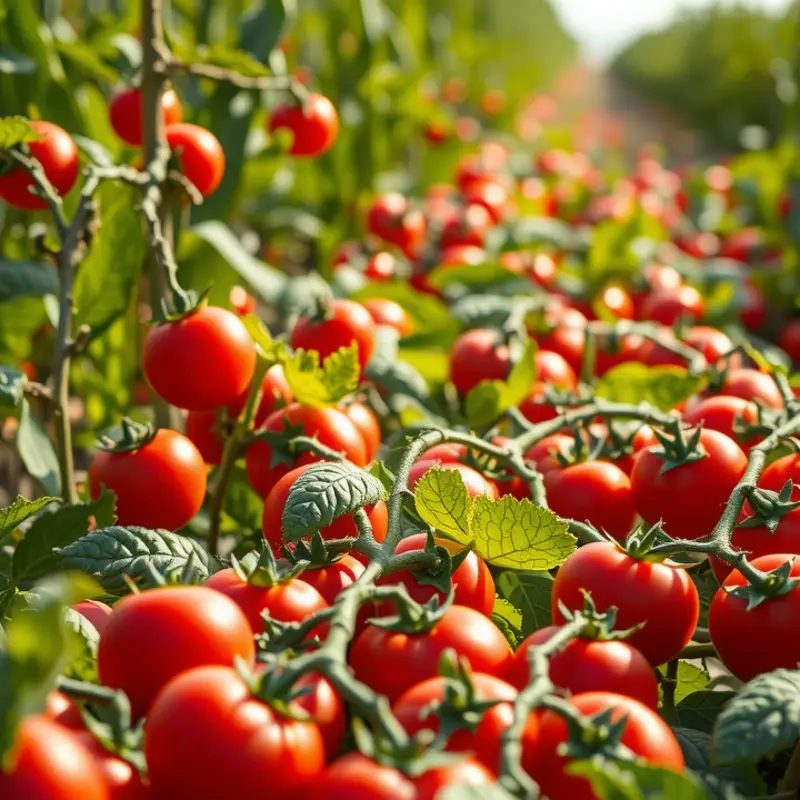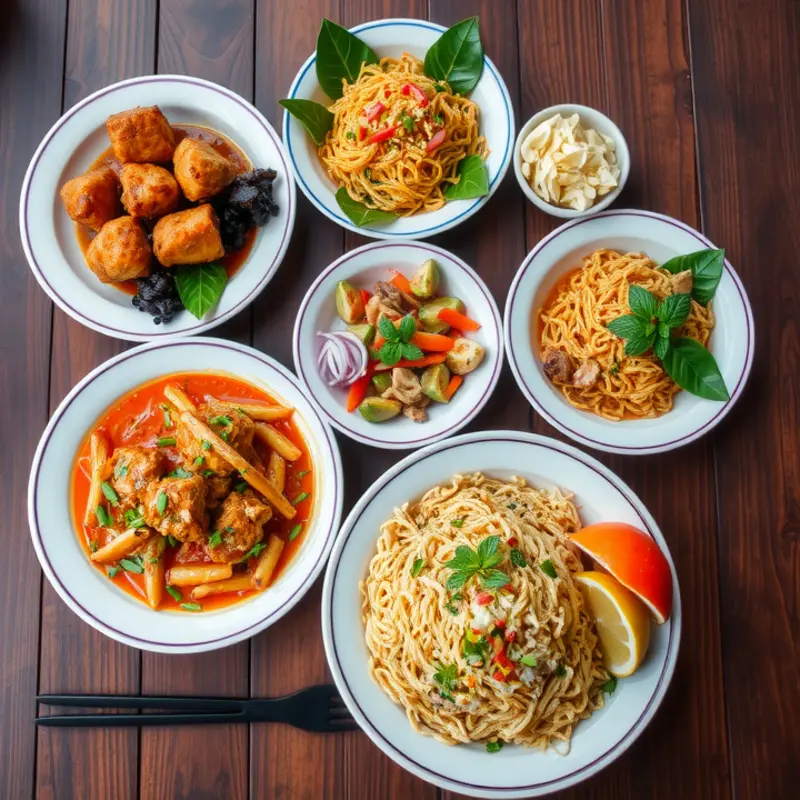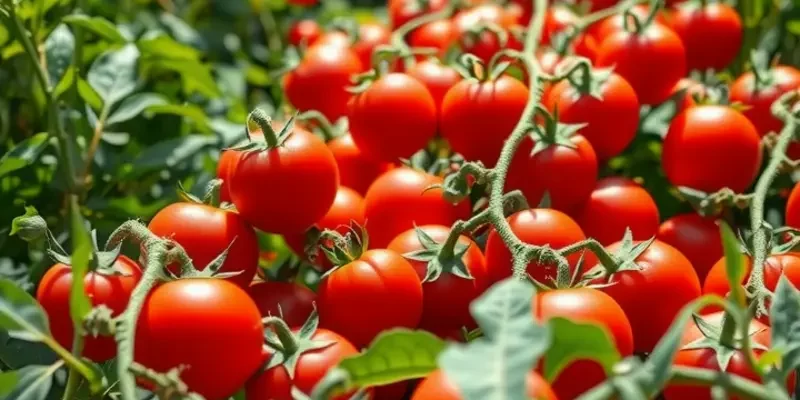Food is the heart of every culture, and there’s no better way to experience its diversity than through vibrant food festivals around the world. These culinary celebrations not only showcase traditional dishes but also foster community spirit, creativity, and cultural exchange. Join us on an explorative journey as we delve into some of the most famous food festivals, each offering a unique taste of local tradition and global flavors.
La Tomatina: A Tomato Throwing Extravaganza in Spain

La Tomatina, held annually in Buñol, Spain, is a unique expression of vibrancy and chaos that transcends ordinary culinary festivals. Participants, draped in white clothing, gather under the Spanish sun, brimming with anticipation. The festival’s origin, albeit shrouded in urban legends, dates back to the mid-20th century. Some suggest it began with a spontaneous food fight during a parade, while others believe it started as a protest, using easily accessible tomatoes as a playful weapon.
The event typically starts with the “palo jabón,” a greasy pole with a ham perched at the top. Participants attempt to climb it, and once the ham is retrieved, a cannon signals the start of the one-hour tomato battle. Trucks laden with over-ripe tomatoes roll through the town, ready to share their squishy cargo. The lively atmosphere is infectious as people hurl tomatoes with joyful abandon, and the streets quickly transform into rivers of red pulp.
While the idea of wasting food might seem contrary to sustainability, La Tomatina ensures the tomatoes used are unfit for consumption. These culinary rejects find new purpose, fostering communal joy and unity. It’s a celebration of the Spanish “joie de vivre,” where revelers get to immerse themselves, quite literally, in a different kind of culinary delight.
Despite being primarily known for this giant food battle, La Tomatina holds a deeper connection to Spanish culinary traditions and culture. The region of Buñol, nestled in the province of Valencia, is rich with vibrant flavors and textures. It’s known for dishes like paella, a staple in Spanish cuisine cherished globally. The fertile lands here contribute to the rich produce characterizing Mediterranean diets.
La Tomatina highlights the social aspect of food that punctuates Spanish culture. Much like the communal spirit that binds people during a meal, the festival celebrates the essence of shared experiences. It’s interesting to consider how festivals like these impact food wastage narratives, prompting discussions on low-waste cooking and prep. Finding a balance between celebration and sustainability becomes imperative, and La Tomatina offers a fascinating lens to explore this dynamic.
As the cannon fires again, signaling the end, participants wade through a sea of tomato mush, laughing and sharing in the triumph of this unique, gastronomic camaraderie. Local residents and visitors join the cleanup, ensuring the streets are cleared once more. It’s a meticulous process, reflecting the pride Buñol’s people feel hosting this annual event.
La Tomatina encapsulates the spirit of joyous playfulness, bridging cultural interactions through an unexpected medium: the tomato. This festival stands as a testament to the unifying power of food, transcending barriers with every vibrant red splash.
Songkran: A Splashing Good Time with Thai Cuisine

Songkran marks the Thai New Year with jubilant celebrations and the distinct clatter of water splashing in the air. While water-throwing is a much-anticipated highlight, the festival brims with culinary indulgences that sweep through Thailand’s streets and markets. It’s a time when the vibrant tapestry of Thai cuisine is celebrated in its full glory.
Street vendors set up stalls with fragrant offerings, where the aroma of sizzling Pad Thai wafts through the air. This stir-fried noodle dish combines rice noodles, eggs, tofu, and shrimp, coated in a tamarind sauce, offering a sweet, spicy, and tangy flavor profile that is quintessentially Thai. Accompanying garnishes such as crushed peanuts and lime wedges elevate the experience, creating layers of texture and an explosion of taste.
Equally enticing is Som Tum, a green papaya salad that perfectly balances the sourness of lime with the umami punch of fish sauce. Green beans, tomatoes, and chili peppers are melded into a refreshing symphony of flavors. It’s a dish that not only tantalizes the taste buds but also exemplifies the art of Thai gastronomic balance.
Apart from these well-known dishes, Songkran offers the opportunity to explore lesser-known culinary traditions. Thai cuisine is deeply rooted in its regional diversity. For example, the northeastern Isaan region is famous for its spicy Larb, a salad made with minced meat, mint, and roasted rice. Here, spices are not just a seasoning but a way of life, expressing both the climate and the cultural influences of the region.
In the south, influences from Malaysia and India are evident in dishes such as Massaman Curry. Rich and flavorful, this curry blends ingredients like cardamom, star anise, and cinnamon with coconut milk and peanuts. Each bite is a journey through history and geography, reflecting the intricate trade routes that once ran through the Siamese kingdom.
Songkran also highlights the significance of communal dining. Food is shared among family and friends, embodying the spirit of togetherness. Festivals like this remind us of food’s power to unite, nourish, and create shared memories.
As you partake in Songkran, there might be a moment where you ponder the environmental impact of food waste during festivals. Discover practical ways to reduce waste by visiting Safer Storage of Sauces.
Through Songkran, the soul is refreshed not just through ceremonial water, but through dishes that highlight Thailand’s culinary prowess. This festival serves as a vivid reminder that food is more than just sustenance—it’s a celebration of culture, history, and the interconnectedness of people.
Final words
Food festivals are windows into culture, community, and tradition, offering a rich tapestry of flavors that bind us together across borders. From the playful chaos of La Tomatina to the cultural depth of Songkran, these celebrations invite everyone to join in the joy of sharing and discovering cuisine. Whether you find yourself dodging tomatoes in Spain or savoring spicy pad Thai in Thailand, one thing is certain: the world is filled with opportunities to feast, learn, and celebrate. So pack your bags and embark on a culinary adventure that goes beyond taste—dive into experiences that celebrate our collective food heritage.








